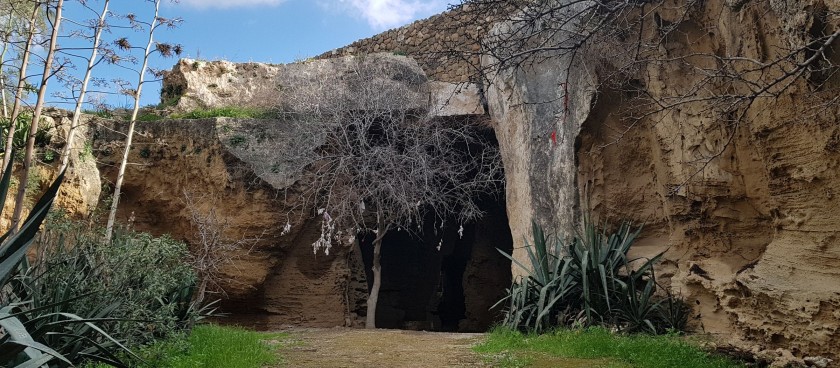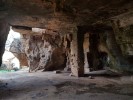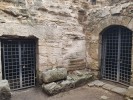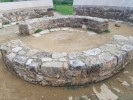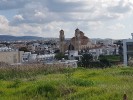- #CY09
- Apostolou Pavlou Ave 100, Paphos 8042, Cyprus
- 34.7626620, 32.4129370 Copy to clipboard Copy
-
#Catacombs , #History
The Agia Solomoni catacombs (Catacombs of Agia Solomoni/Agia Solomoni Catacomb) is one of the most famous catacombs of Paphos.
Located catacombs Solomoni in the heart of Kato Paphos, close to Kings Avenue Mall, entrance from the street of Apostolou Pavlou.
Currently, the catacombs is one of the main Christian shrines of Cyprus, which is a small underground paleo-Christian complex, consisting of several caves, partly carved into the rock formations, one of which contains fragments of old frescoes of the 12th century.
Apparently, originally the catacombs were used for burials, and later became a refuge for Christians, persecuted by the persecution. The legend says that Solomoni and his sons were hiding in the catacombs, fleeing from the Romans in the year 168. Soon they were caught and in front of his mother brutally killed the children and then herself. After that, the catacombs were considered sacred, and Solomoni was among the early Christian martyrs, her name and named these catacombs. In the second version of the legend, Solomonia, in an attempt to hide from the Romans, took refuge in these catacombs, but it was bricked up alive in them. Two hundred years later, when the catacombs opened again, Solomoni came out of them alive and healthy.
It is possible, on the basis of the second version of the legend, the source of which is in one of the caves of the catacombs, still harbors old myths that this water has healing and rejuvenating properties, prolonging people's lives and healing from diseases of the eye.
In 9-12 centuries in the catacombs acted the Christian Church.
Near the entrance (descent) to the catacombs is a pistachio tree, the branches of which are tied with colored ribbons left by parishioners and tourists in the hope of healing from diseases.
